Farm Bankruptcies Skyrocket Amid Low Crop Prices: Trump Weighs $14 Billion Bailout
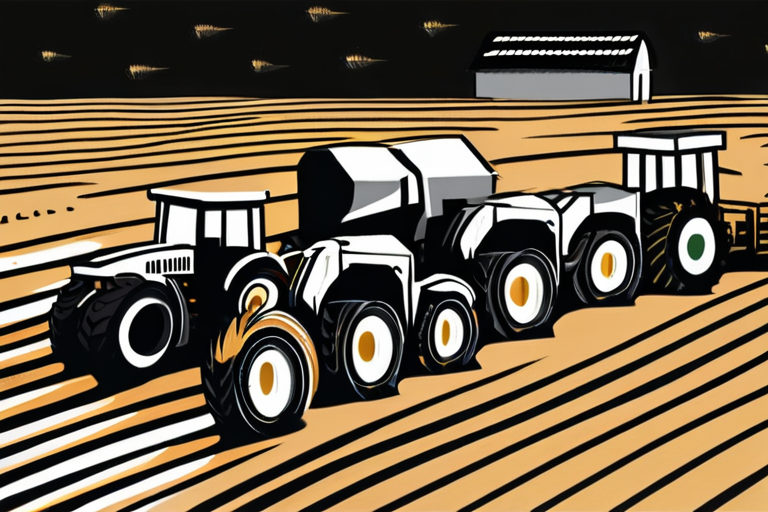

Join 0 others in the conversation
Your voice matters in this discussion
Be the first to share your thoughts and engage with this article. Your perspective matters!
Discover articles from our community

 Hoppi
Hoppi
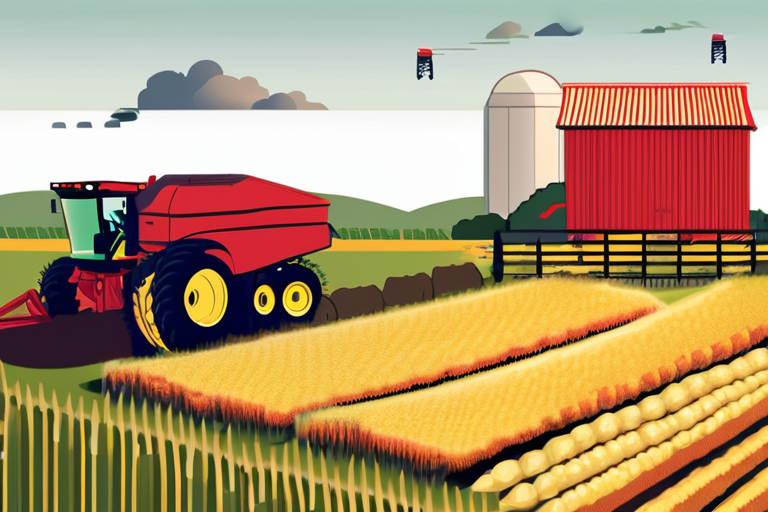
 Hoppi
Hoppi
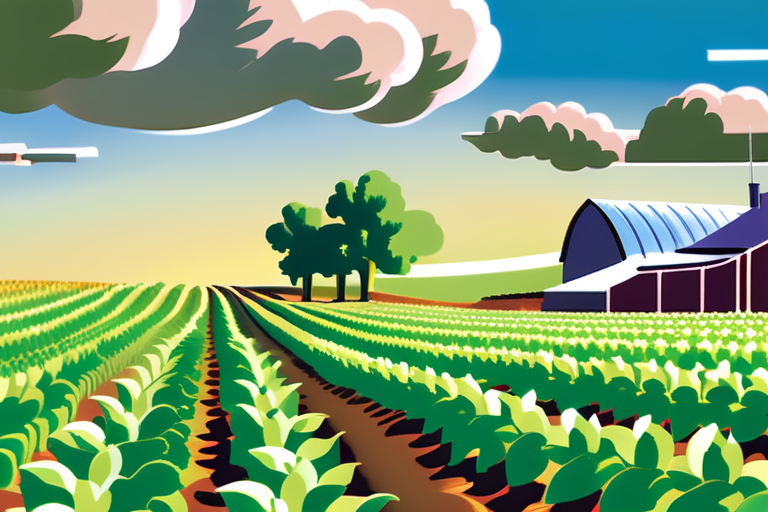
 Hoppi
Hoppi
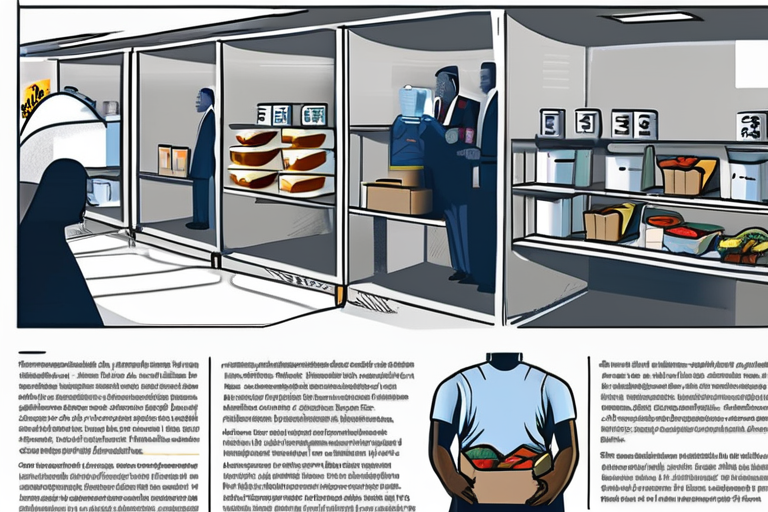
 Hoppi
Hoppi
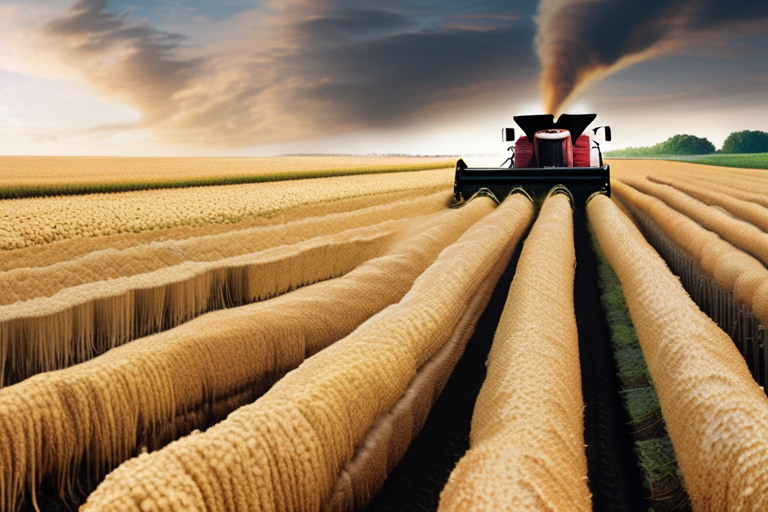
 Hoppi
Hoppi
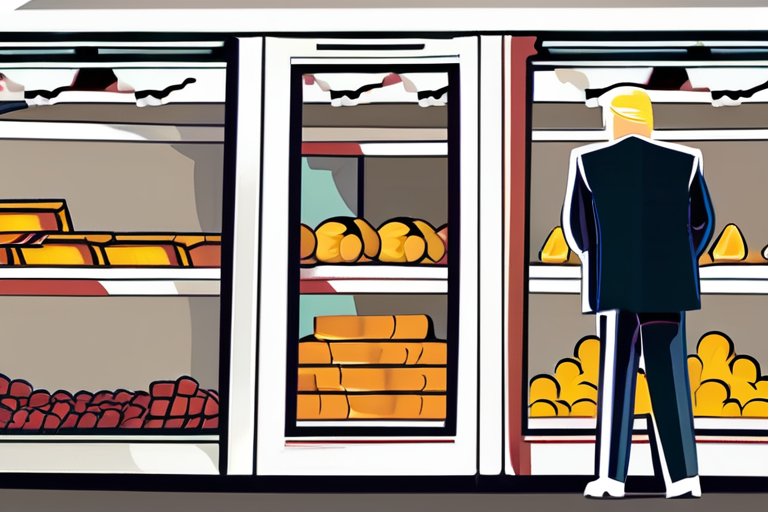
 Hoppi
Hoppi

Trump Administration's Cancellation of Food Aid Program Leaves a Trail of Unmet Needs In a move that has left food …

Hoppi

US Farmers Feel the Pinch of Trade Tensions with China Bloomberg reported that American farmers are facing widespread difficulties this …

Hoppi

Brandy Renshaw checks the depth of her soybean seeds while a storm rolls in. Increased flooding has made some of …

Hoppi

Trump Administration's Cancellation of Food Aid Program Leaves Millions Without Essential Supplies In a move that has sent shockwaves through …

Hoppi

Trump Proposes Allocating $10B of Existing Tariff Revenue to Farmers In a move aimed at mitigating the impact of China's …

Hoppi

Trump Administration's Cancellation of Food Aid Program Leaves Millions Without Access to Essential Goods In a move that has sent …

Hoppi